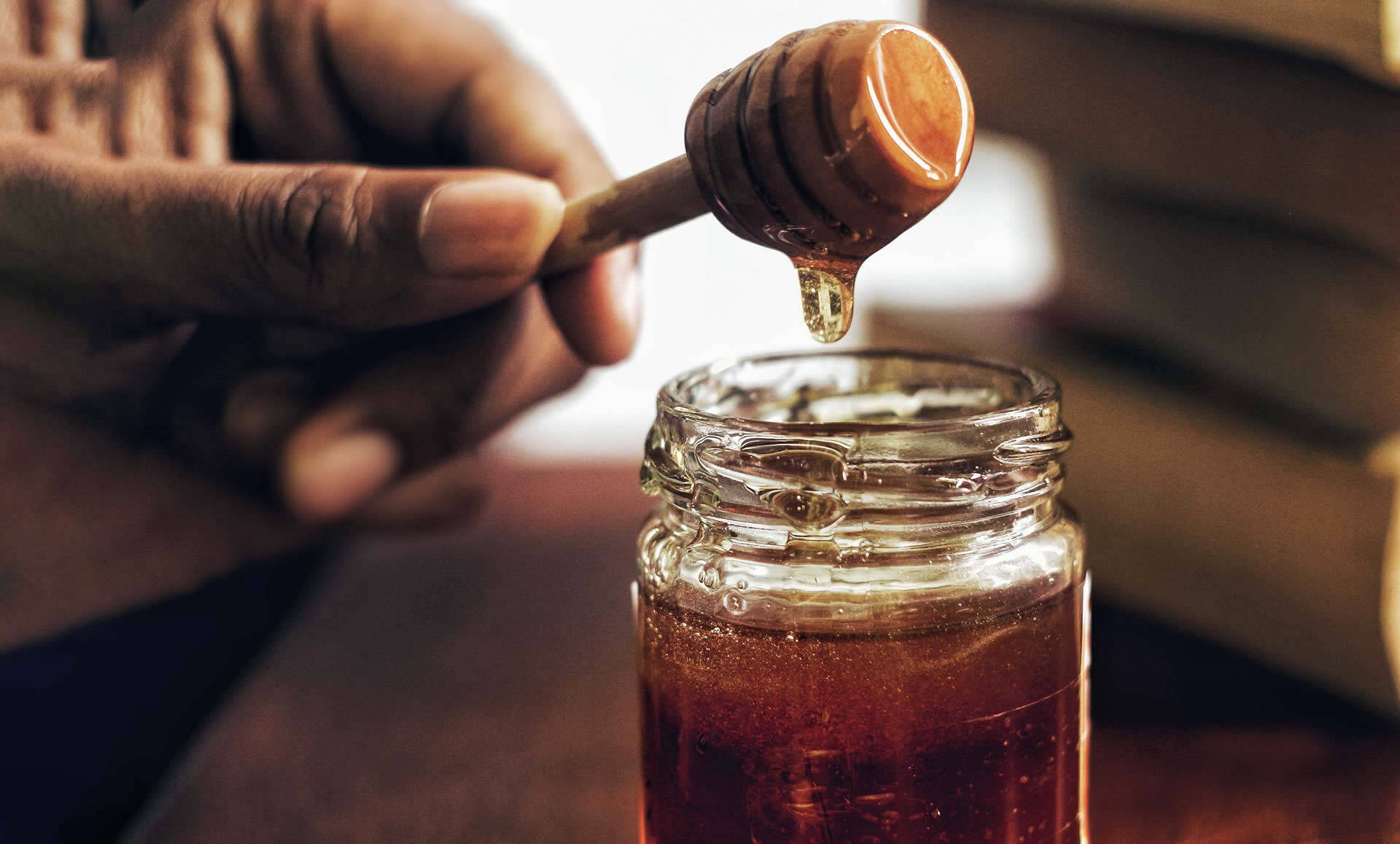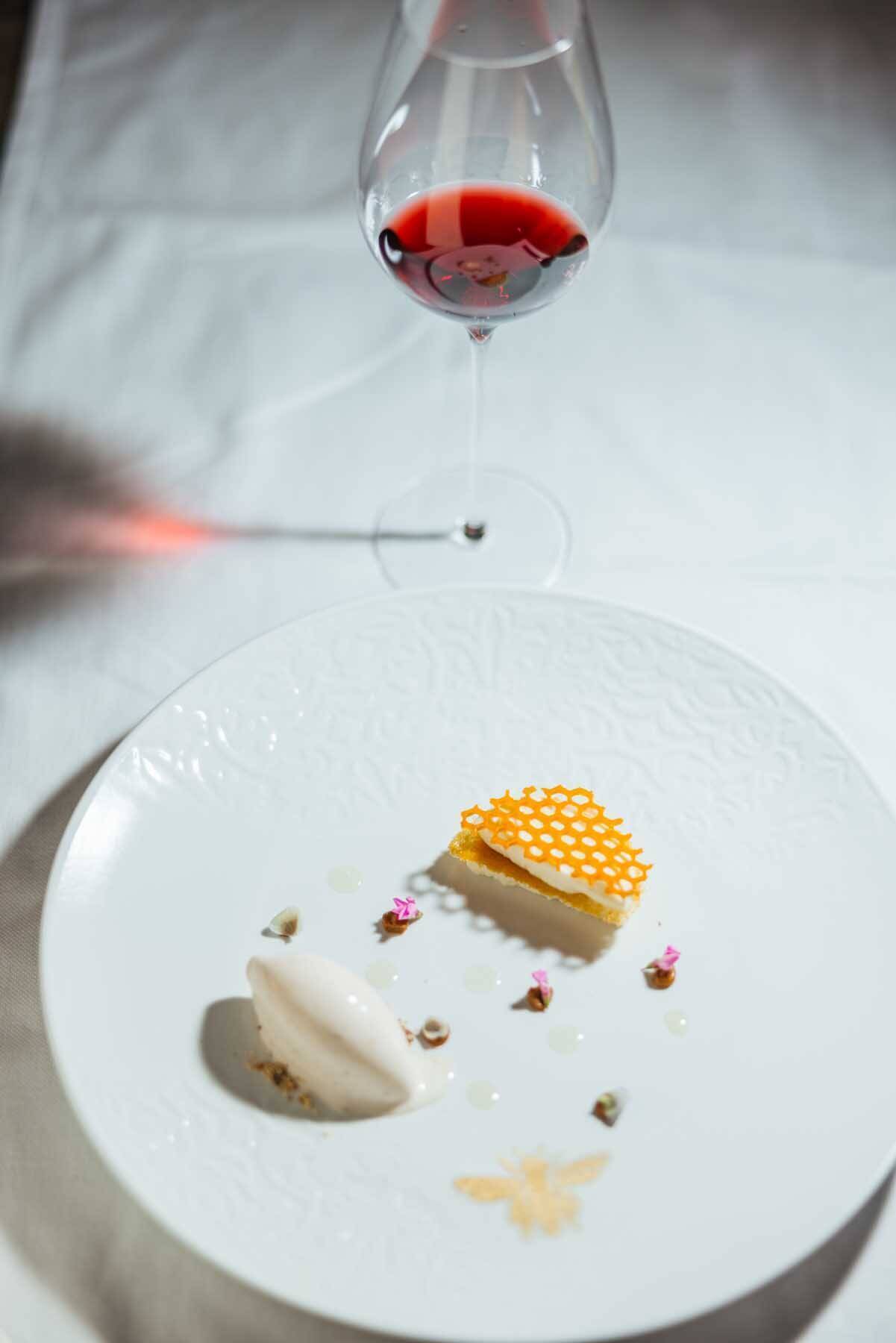


The honey from Valpantena and the Lessinia area, thanks to the variety of hilly and mountainous environments, the vast assortment of flowers and the absence of pollutants, is of excellent quality and very appreciable in taste.
Local honey has been talked about since the nineteenth century, used as an alternative to sugar which was more expensive. In the area there are several productive realities related to beekeeping.
In addition to the various types of honey (dandelion, acacia, cherry, chestnut, millefiori, linden and honeydew) the production of royal jelly, pollen and propolis is also valuable.
Chestnut honey is one of the most appreciated. It is characterized by a dark color and an intense and slightly bitter flavour. The chestnut blooms are mainly found in the mountainous areas of Lessinia.
Acacia is another common plant from which bees collect nectar. Acacia honey is clear, delicate and aromatic, and is appreciated for its liquid consistency, so much so that it is sometimes used instead of sugar to sweeten or to accompany seasonal fruit and cheeses.
Dandelion is a herbaceous plant and its blooms provide a nectar appreciated by bees. Dandelion honey has a sweet taste and a light color.
In some areas, bees collect nectar produced by the secretions of sucking insects on trees, a product called honeydew. Honeydew honey has a characteristic taste, often darker and with more pronounced notes.
